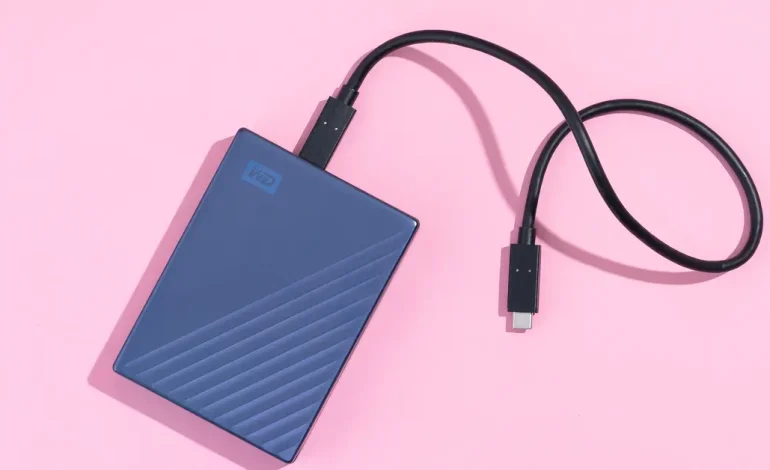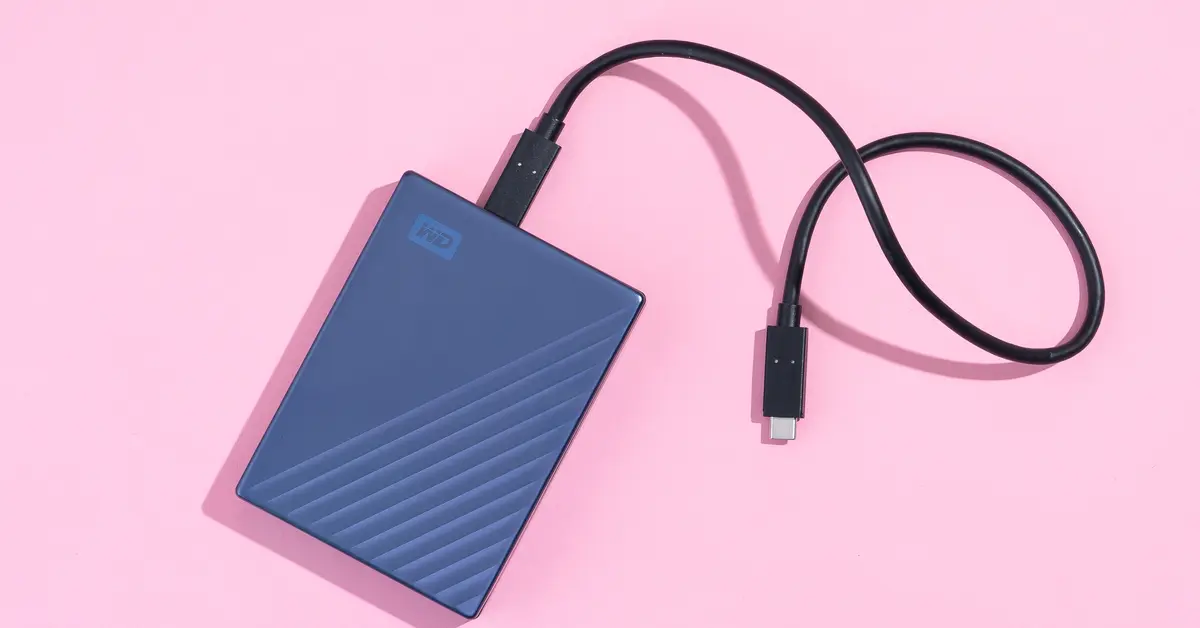GLP-1 Patches vs Injections: Science, Safety, Weight Loss Result

Hype Meets Health
Recently, weight loss solutions have been popularized on social media-from detox teas and appetite-suppressing gummies to VG patches promising “effortless slimming.” The latest entrant is GLP-1 patches, which purport to replace weight-loss medicines prescribed by doctors such as Wegovy (semaglutide) and Mounjaro (tirzepatide).
These patches promise to be painless and non-invasive and available over the counter. Other influencers go ahead to claim that these patches work exactly the same way as GLP-1 injections, suppressing appetite, cravings, and, ultimately, pounds. Meanwhile, medical scientists must question the veracity of these claims through hypothesizing complex studies. Have these types of patches become yet another weight loss marketing gimmick in a weight loss market of multibillion-dollar proportions?
In this space, we will unpack what those GLP-1 patches are as well as establish how they fare against their medically approved injection counterparts, briefly assess their safety, and help you gauge whether they might be worth your time.
What are GLP-1 patches?
GLP-1 patches are adhesive devices that penetrate the skin, with some of the most common names reaching the marketplace through the internet as ‘Mounjaro patches’ or ‘Wegovy patches.’ A topical substitute for the injectable medications is advertised. These patches are promoted to enter the body through the skin for the purposes of appetite regulation and weight loss. However, important things are missing from the sales pitch:
- There is no GLP-1 receptor agonist (semaglutide or tirzepatide) in them that would mean unauthorized, true, and clinically proven weight-loss injection.
- Most patches contain herbal extracts, vitamin complexes, or mixtures of herbal extracts and caffeine that have not been shown to connect these hormones with appetite suppression.
In other words, GLP-1 patches get to play off the name of good evidence medicines while delivering products made only with untested and unregulated ingredients.
What are GLP-1 injections?
GLP-1 receptor agonists are a prescription category of medicines which have come into existence as drugs for the treatment of type-2 diabetes. The newer entrant, Wegovy (semaglutide) and Mounjaro (tirzepatide), have recently been approved for obesity management given their rapid weight loss effect.
In a nutshell, they mimic the actions of a naturally occurring hormone, glucagon-like peptide-1, which acts on the brain areas involved in hunger suppression and gastric emptying), prolonging feelings of fullness. The others improve insulin sensitivity and prevent blood sugar from spiking, and therefore, result in some clinically significant sustained weight loss. Semaglutide clinical trials showed about a 15% or more reduction in body weight. Tirzepatide has sometimes shown even better results in some studies.
And unlike patches or almost anything else available with very few restrictions, these drugs are administered to the patient by the provider only after the patient has gone through an evaluation.
- Regulated by agencies like the MHRA (UK), FDA (US), and EMA (EU)
- Also tested for safety and efficacy through trials
GLP-1 Injections vs. Patches: A Comparison
| Feature | GLP-1 Injections (Wegovy, Mounjaro) | “GLP-1” Patches |
| Contains GLP-1 drugs | Yes (semaglutide, tirzepatide) | No |
| Clinically proven | Backed by robust clinical trials | No peer-reviewed data |
| Regulated | MHRA, FDA, EMA approved | Not regulated |
| Safety profile | Prescribed & monitored by doctors | Unknown, unverified ingredients |
| Dosage | Weekly injection under medical supervision | Daily patch with unclear dosage |
| Availability | Prescription only | Sold online without prescription |
| Effectiveness | Average 15%+ body weight loss | No proven results |
Why Are Weight Loss Patches So Popular?
These patches have taken the world by storm, and their popularity has been soaring unabated. Why are GLP-1 patches becoming an obsession with so many individuals?
- Influencer Marketing: Influencers on TikTok, Instagram, and YouTube rarely disclose sponsorship deals for their dramatic before-and-after transformation videos.
- Fear of Needles: Most people oppose injections; therefore, “painless patches” sound very appealing.
- Accessibility: Unlike prescription medications, they can be purchased online, avoiding an embarrassing visit to the doctor.
- Misinformation: Certain companies actively propagate myths surrounding GLP-1 so that consumers aren’t clear whether they are buying actual GLP-1 drugs or herbal patches.
This, unfortunately, creates a dangerous space where wannabe products are glamorized while medical treatments are denied the credit due.
The Better or Worse One on GLP-1 Patches in Science
At the moment, there is just no scientific proof that patches of GLP-1 can imitate the actions of either semaglutide or tirzepatide.
Such issues and many more are as follows:
- No published clinical studies validate the claims about weight loss.
- Transdermal delivery: Less peptide molecules such as GLP-1 agonists are so large that they cannot pass through the skin in the form of patches. They need to go through injection in order for them to bypass the digestive system.
- Ingredients without evidence: Many of the patches carry imprecise plant combinations like ‘detox extracts’ or ‘slimming botanicals.’ They cannot guarantee their effects.
- Simply put: Even if the patch contained caffeine or green tea extract, it could not have the same dramatic hormonal effects as a GLP-1 injection.
Are GLP-1 patches safe?
Because these patches are not classified as medicines, their safety remains uncertain. Possible risks include:
- Allergic skin reactions from adhesives or any ingredient
- Unforeseen drug interactions with other medication
- False hope causing patients to delay obtaining appropriate medical care
- Financial loss due to paying for ineffective products
No GLP-1 weight-loss patches have been authorized by the MHRA (UK), FDA (US), or any other medical body. In fact, health authorities have repeatedly advised consumers against purchasing any weight-loss products that are unlicensed and available on the Internet.
In contrast, prescription GLP-1 injections are subject to:
- Very rigorous testing in clinical trials with thousands of subjects
- Ongoing monitoring for safety after they are approved
- Well-defined clinical guidelines with respect to dosage, risks, and benefits
Clinical Usefulness: Injections versus Patches:
- GLP-1 injections: Several trials report an average weight loss of 15% for an average duration of 68 weeks with attendant improvement in metabolic health.
- GLP-1 patches: No peer-reviewed evidence, no trials, and no obtainable output.
With quite an indecorous candor, the two are indeed an antithesis: One, proven clinical, the other unregulated wellness prospering on hype with no evidence.
The Role of Social Media in Generating Hype
TikTok is simply a copious source of misinformation with regard to health. A recent BBC investigation revealed this: that irresponsible claims were circulating on the net regarding GLP-1 patches, with an immediate and overwhelming effect on the youth.
Here are some common marketing techniques:
- Omnipresent, inflated “miracle” results promises
- Staged before-and-after photos
- Fake endorsements from “doctors” or celebrities
- Claims of being ‘natural alternative’ to prescription medications
Sadly, much of the public is raving and ranting about the hype without realizing there is no scientific ground to it.
What Health Experts Say
Health Experts Have a Few Lines to Say about This, for Eg the Endocrinologists and Weight Loss Specialists. They Say
- These GLP-1 patches are not at all akin to semaglutide or tirzepatide.
- Safe and effective treatment requires evaluation by a physician and ongoing support-the certified endocrinologists and weight loss specialists said.
- The best way to manage weight is through a combination of medication, nutrition, exercise, and behavioral support. Overall, experts would say to believe science rather than marketing hype.
Who Are the Right Candidates for Receiving GLP-1 Injections?
GLP-1 injections for consideration should include:
- Adults with obesity (BMI equal to or more than 30),
- Adults with a minimum BMI of 27 and weight-related health issues (like type 2 diabetes, hypertension),
- Patients who find it challenging to lose weight while dieting and making lifestyle changes.
However, prescriptions for these injections should be made by an authorized health care provider after evaluating the case for prescribing suitability, monitoring any progress, and assessing possible side effects like nausea, vomiting, or gastrointestinal discomfort.
Why Medical Supervision Matters
GlP-1 drugs prescribed by a clinical practitioner as opposed to patches sold online:
- Offers Personal care based on your health status
- Monitor your side effects toward safety
- Adjust doses according to how you respond
- Independent advice and support on lifestyle to amplify results
This makes a lot of difference in providing a permanent solution as opposed to a transient gimmick.
Self-Medicating with Online Patches: Dangers
Buying illegal weight loss patches from the internet does not only waste money:
- Lack guarantee of contents as labels may not be what the product contains.
- Perhaps contamination due to hidden stimulants from some unlicensed products.
- No safety net in that unlike prescription drugs, there is no recall system if something goes wrong.
- Health consequences- actual treatment being delayed might worsen the conditions associated with obesity.
Trust Science, Not Trend
If you are planning on making the decision of weight loss, then consider these pointers:
- Is it scientifically validated?
- Has it been tested in clinical trials?
- It is regulated by health authorities?
- It could be prescribed by a qualified doctor?
- To that extent, no for GLP-1 patches.
Yes, for GLP-1 injections, as in strong science and regulatory approval along with proven patient outcomes.
Conclusion
The biggest evidence of GLP-1 patches is that they do not work the way they are advertised. These are not true GLP-1 agonists, lack clinical evidence, and are not regulated by the medical authorities. Their rise in popularity is more into clever marketing and the demand from consumers for easy solutions – not progress in real science.
In contrast, GLP-1 injections like Wegovy and Mounjaro are approved by the medical profession, adequately tested, and proven to produce considerable and sustained loss of weight when given responsibly.
It is also advised to consult with a qualified health care provider regarding the use of GLP-1 therapy than using unregulated patches online. Safe and scale-down weight reduction does not run through fads; rather, it requires real science, medical supervision, and a personalized health plan.








